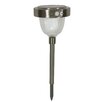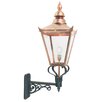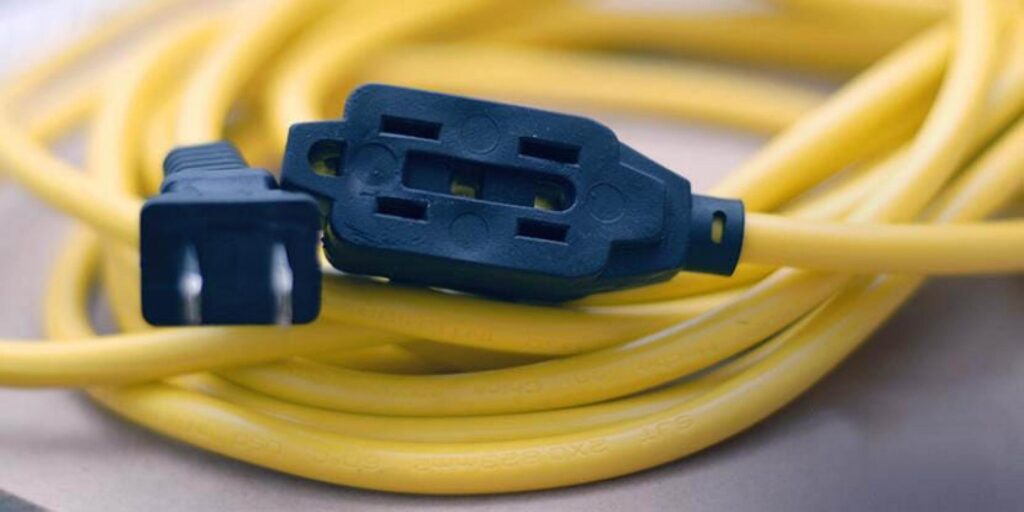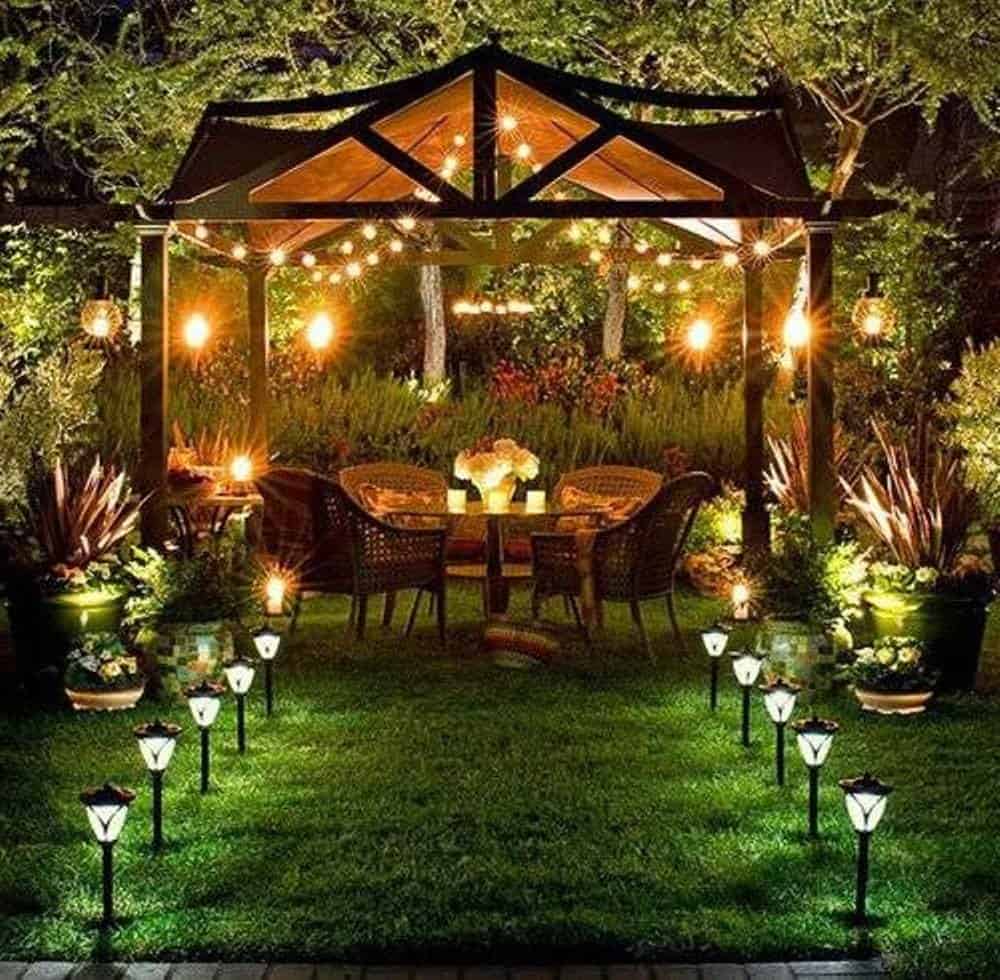The Ultimate Beginner’s Guide to Energy Saving Light Bulbs
I bought my first LED light bulbs. They were to replace halogens in my bathroom. I spent too much money on not enough lumens and way too many kelvin. You know what I mean? No? Perfect. Let’s make a deal. If you spend ten minutes reading this post, I promise you that by the end of it you’ll understand how to buy a low energy light bulb. In return, I’ll try not to bore you senseless.
What fitting do you need?
This is simple, but you really don’t want to mess it up. Although there are literally hundreds of light fittings in existence, your home probably only has a couple. I’ve got two in my ceiling fittings, a couple more in table lamps.
You don’t need to know what they mean. But if you scribble down the fittings before you start shopping for bulbs, not only will they fit, they’ll be the right voltage too
What shape bulb do you want?
Bulb shape is not just a question of liking the look of a bulb: it is about how it throws light. The design of the bulb determines what direction the light goes, so you need to consider what you want the bulb to do.
There’s an encyclopedia of different bulb shapes, but since I promised not to bore you, I’m not going to go there. All you need to do for shape is use your common sense. For a ceiling pendant you might want an ‘omnidirectional’ bulb like the arbitrary, stick or spiral shape. For a lamp, you might need a candle shape with a broad spread. And if you are putting a spot into a recessed downlight, you’ll need a reflector with an appropriate beam width for the context.
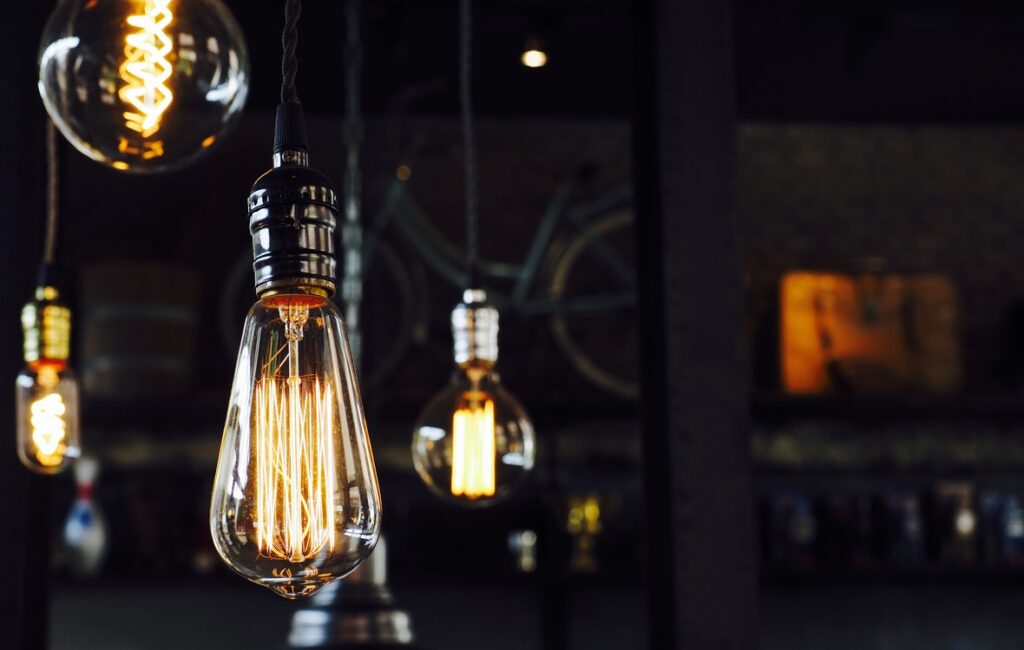
How to Install Low-Profile LED Lights in Your Kitchen
Tools Required
Drill
Drywall circle cutter or manual drywall saw
flexible drill bit
wire cutter
wire stripper
I’ve tackled several kitchen projects over the years, but I’ve never made such a major improvement with so little time and money. I spent less than $350 and just four hours brightening our kitchen. My original intent was strictly practical: I just wanted better light to make food prep and cleanup easier. But replacing the single fixture with bright LEDs transformed the room, surprising me and amazing our guests.
LOW-PROFILE LEDs MADE IT EASY
Initially, I thought I’d install recessed can lights for a sleek look and lots of light. Then, I ran across these ultra-slim Halo LEDs ($30 each). These LED lights are super bright (900 lumens) and have such a low profile (less than 1/2 in.) that you can even locate them directly under a joist if needed. They’re rated for insulation contact and wet locations, so you can use them in a shower or even outdoors. A switch on the side of the box lets you adjust the color temperature. They’re also dimmable.
All you need is a power supply, a means to cut round holes, 14-2 NM-B cable, basic electrical tools and a drill. The transformer box converts 120V to low voltage, and it’s UL-listed as a junction box with room for power in and power out. That lets you take power from the first box and string together as many lights as you want. You might need to fish wire, but aside from that, installation is easy. Several companies make a similar product, but this was in stock at the local home center.
PLANNING THE JOB
If you have an attic above, you can access the joists from there instead of working from below as I did. That simplifies fishing wires, but you’ll still have to dig through insulation. Before starting the job, remove the ceiling fixture and look inside the junction box. My box had just one incoming cable. If your box contains more cables, wiring will be a bit more complicated. You may need to install a second junction box because the box for these LED fixtures can house only two 14-2 cables. I replaced the existing fixture with an LED like all the others.
Mark all the joists involved in the installation using strips of tape. Then mark the location for each new light with tape. The lights can go anywhere, but I kept them close to the joists to get better access for attaching the transformer boxes to the joists.
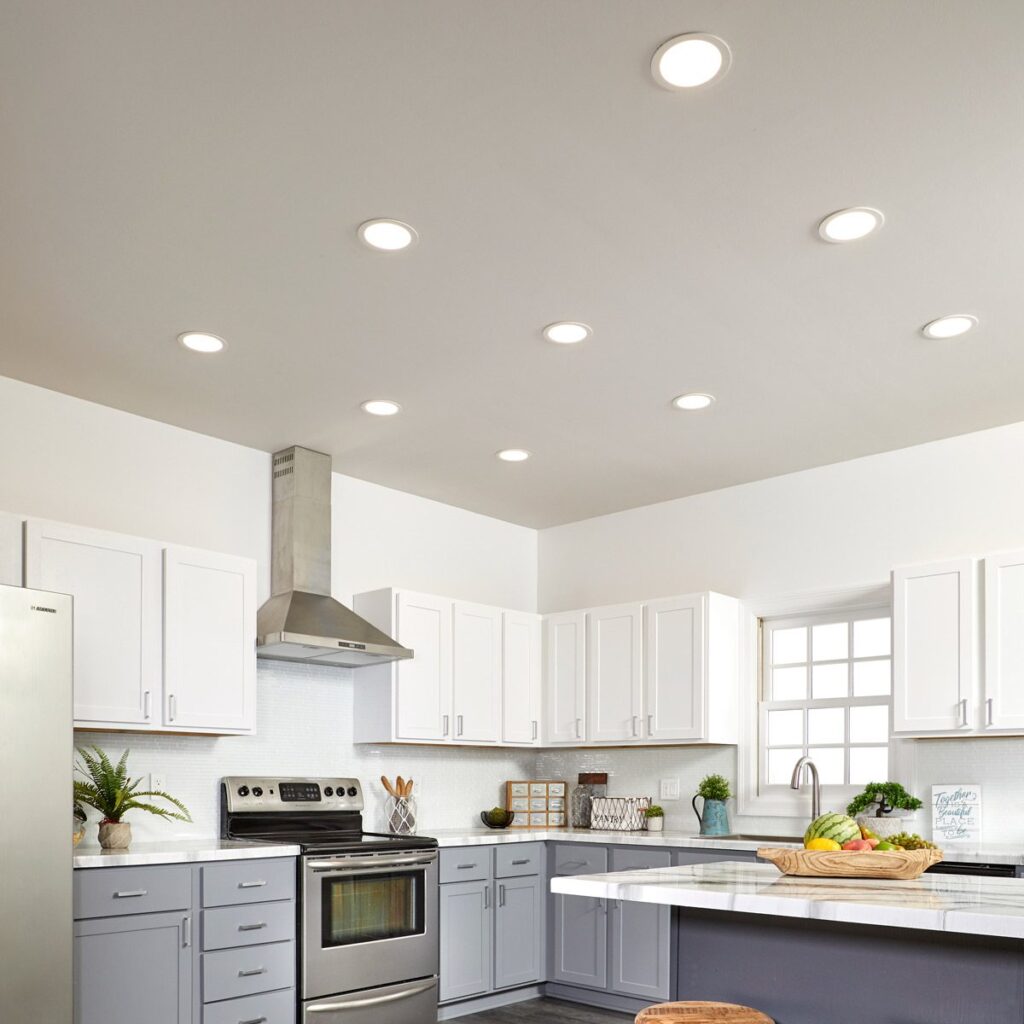
LED Fixture Installation Guide
Tools You’ll Need
Tape measure
Wire stripper
Scissors
Screw driver
Before You Begin
We know how boring it can be to read instructions, so we’ll keep this installation guide as short and sweet as possible. Before you begin with your installation, be sure to fully read these instructions. They contain many useful tips and pointers that will help to ensure a perfect installation, save you time, and ensure your safety.
It is important that this product (and all other electrical products) are installed by a qualified person in accordance with the National Electric Code (NEC) and all applicable local building and electrical codes for your area. If you are unfamiliar with the NEC, your local building/electrical codes, and/or the proper installation methods for electrical devices, you should hire a qualified and licensed electrician to do the work for you.
If you have at least 1.75” of space above your drywall, you will usually choose the conventional installation method. If you have a pipe, wire, joist or other obstacle in your way, you may be able to use the conventional installation method, if you have enough room to get a junction box through your hole. If you have less than 1.75” of space above your drywall, you’ll typically use the low clearance installation method.
Planning your layout
Most electricians space recessed lights equally apart from each other forming a grid pattern on the ceiling. The distance between each light generally depends on the LED wattage of your light. Here are a few rough rules of thumb for spacing when using the lights as primary lighting (if you are using the lights as accent lighting or you have other lights in your room, you can space them further apart)
New Construction Rough-In Plate/Bracket
These rough-in brackets make installing ultra-thin recessed LED lights in new construction applications a breeze. Simply install the rough-in plates at your designated locations before installing drywall, have your drywallers cut/router the holes for your lights using the rough-in plate as a guide, and then snap your ultra-thin light into place after drywalling is completed
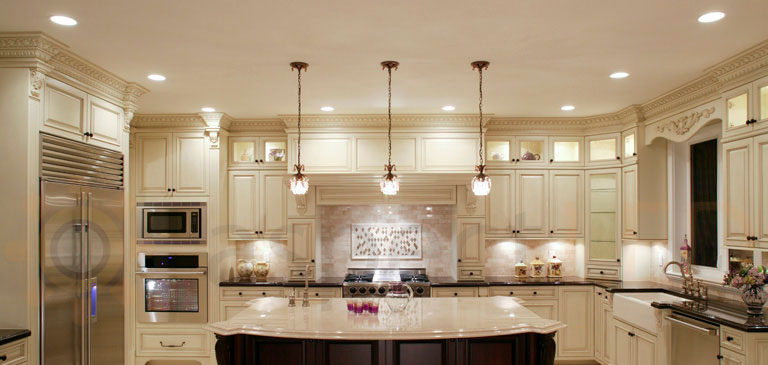
Light bulb buying guide
Simple steps to light bulb success
Standing in front of rows of light bulbs can seem overwhelming, and choosing the right one can be hit and miss if you don’t have the right information. So, whether you’re working out if it’s a BC or ES fitting or trying to compare watts with lumens, we can help you choose the right bulb and brighten up your home in no time.
Either check the symbol on the packaging of your existing bulb if you have it or look at the base of the bulb. This illustration on the left is an example of what you’ll see on B&Q light bulb packaging to help you identify your cap fitting.
Know your bulb shapes
There are a few things to consider when choosing your bulb shape. Does the bulb need to be exactly the same shape as your old bulb? Some bulb replacements will be like-for-like, so if you’re changing a spotlight, you will need a spotlight shaped bulb.
Replacing old bulbs
If you’re replacing an old-style energy saving CFL spiral or stick shaped bulb, you can change these to a newer LED bulb. These new bulbs not only look better but they are more energy efficient too. Incandescent bulbs have largely been removed from the market, but don’t worry if you need to replace one of those; you just need to find an equivalent option from the bulb technologies below.
LED bulbs:
LED stands for Light-Emitting Diodes. LED bulbs cost less to run, produce less heat and last much longer than the older style bulbs. Don’t be put off by the initial cost of LED bulbs, these bright lights will save you more in the long run due to their low energy consumption. Dimmable LED bulbs are available.
The Complete Guide to LED Christmas Lights
Before you put your Christmas lights up this festive season, there’s a few essential things you need to remember. With so many lights on the market at this time of year, it’s important to compare your options and find out which type of lighting works best for you. Whether it’s incandescent lighting or LEDs, we compare them both and find out how LEDs can save you money.
Installing your Christmas lights won’t be a scary thought anymore as we look at both inside and outside lighting ideas, and the best way to install them. Have you ever wondered how many lights you need to get that extra sparkle on your Christmas tree or where’s best to buy LED lights? Then follow our complete guide to Christmas lights to find out more!
Buying Christmas lights
If you have older, traditional incandescent filament lighting and have kept them over the years, maybe for sentimental reasons, it’s best to make sure that your traditional filament bulbs meet the most recent and highest safety standards.
If your lights do not carry either of these safety marks, it could be that your lights have not undergone the rigorous testing and are not safe to use. Poor safety standards mean they carry a greater risk of fire and have been made with cheap electrical components.
With the high fire risk of filament bulbs, LEDs have become the popular choice for Christmas lighting. They don’t get as hot, have less chance of catching fire and they work at a lower voltage than traditional bulbs. As LEDs are diodes instead of incandescent bulbs, they are less likely to break, which means they’re more likely to withstand a variety of cold and damp British weather.
